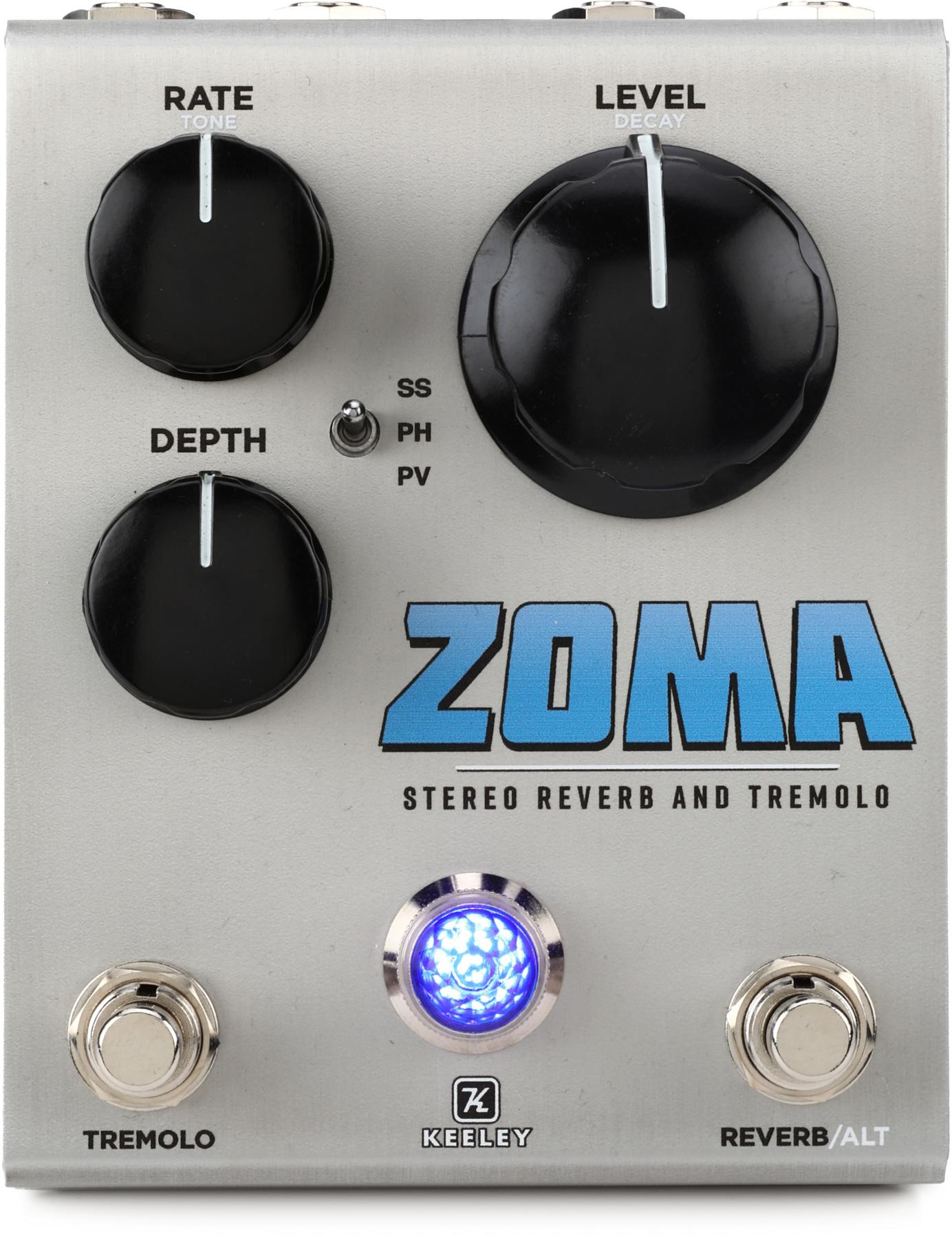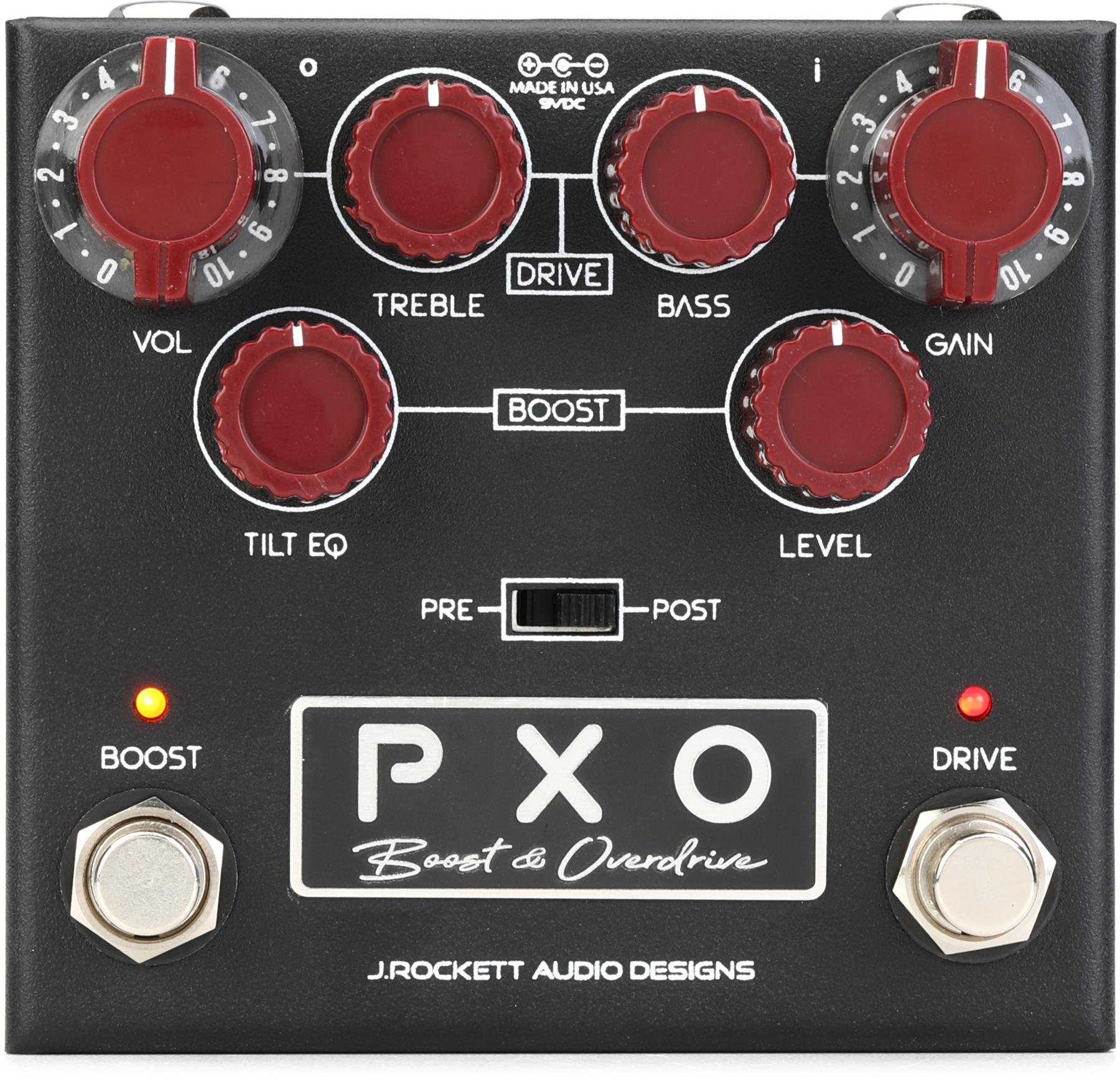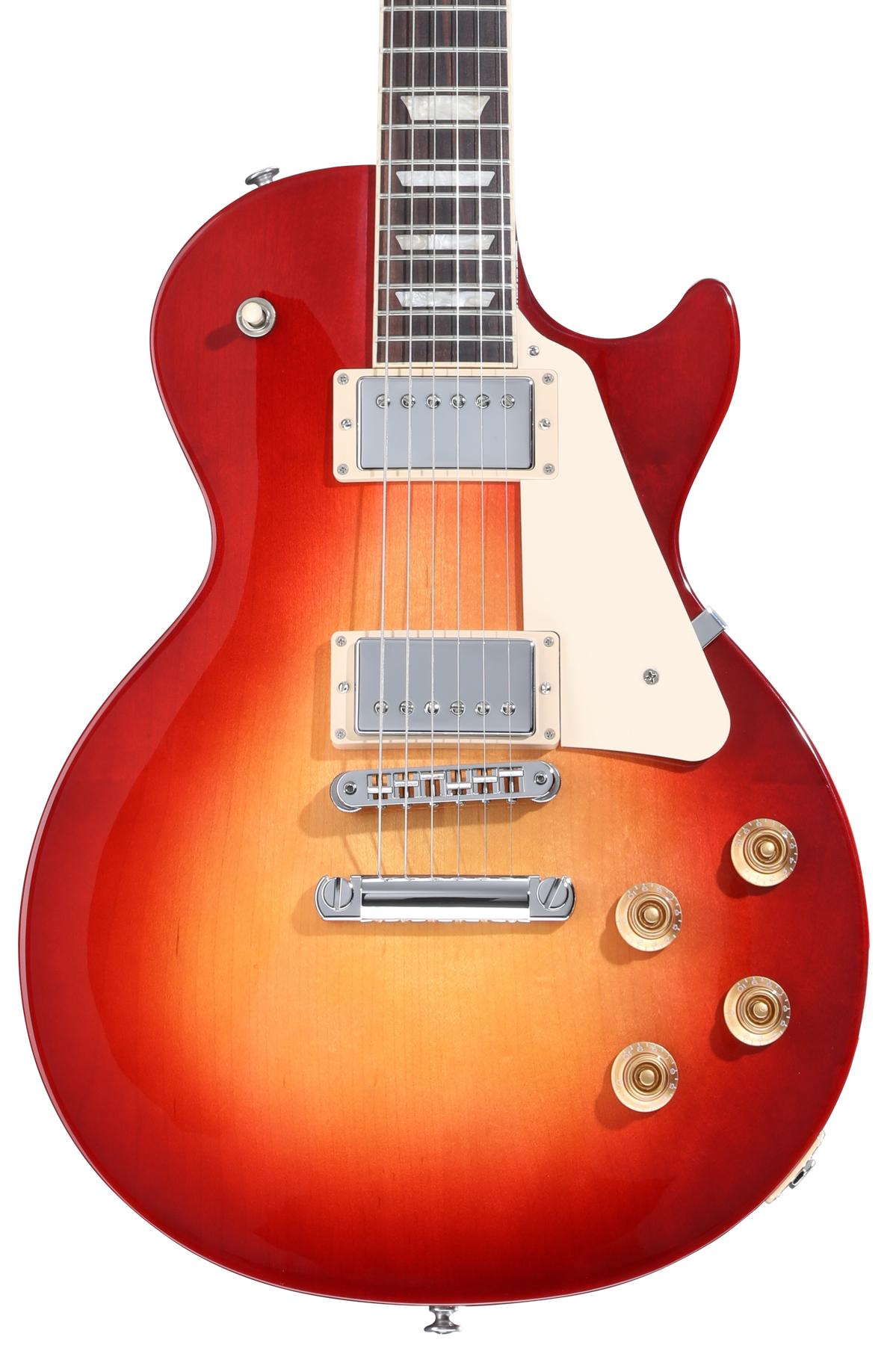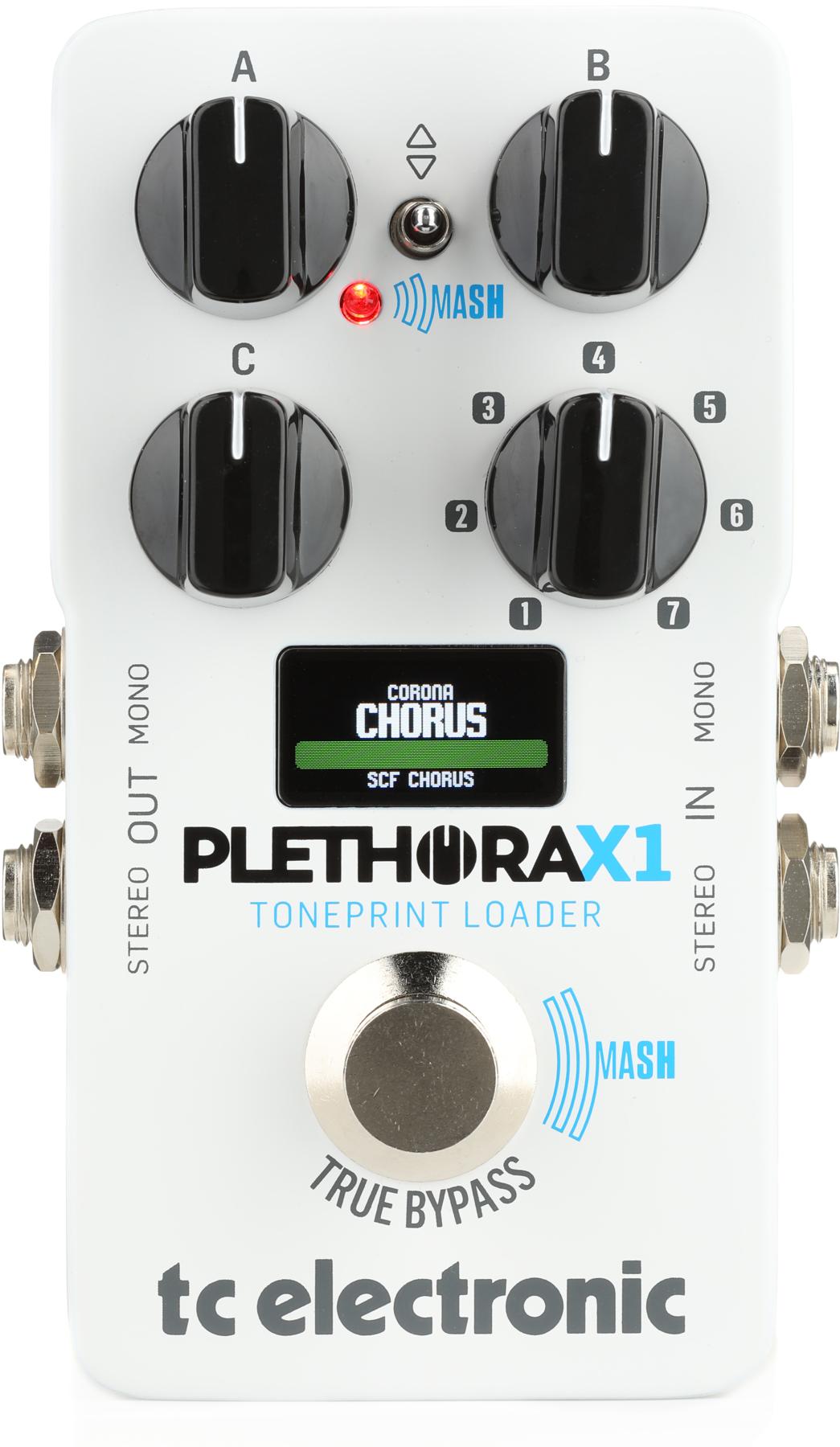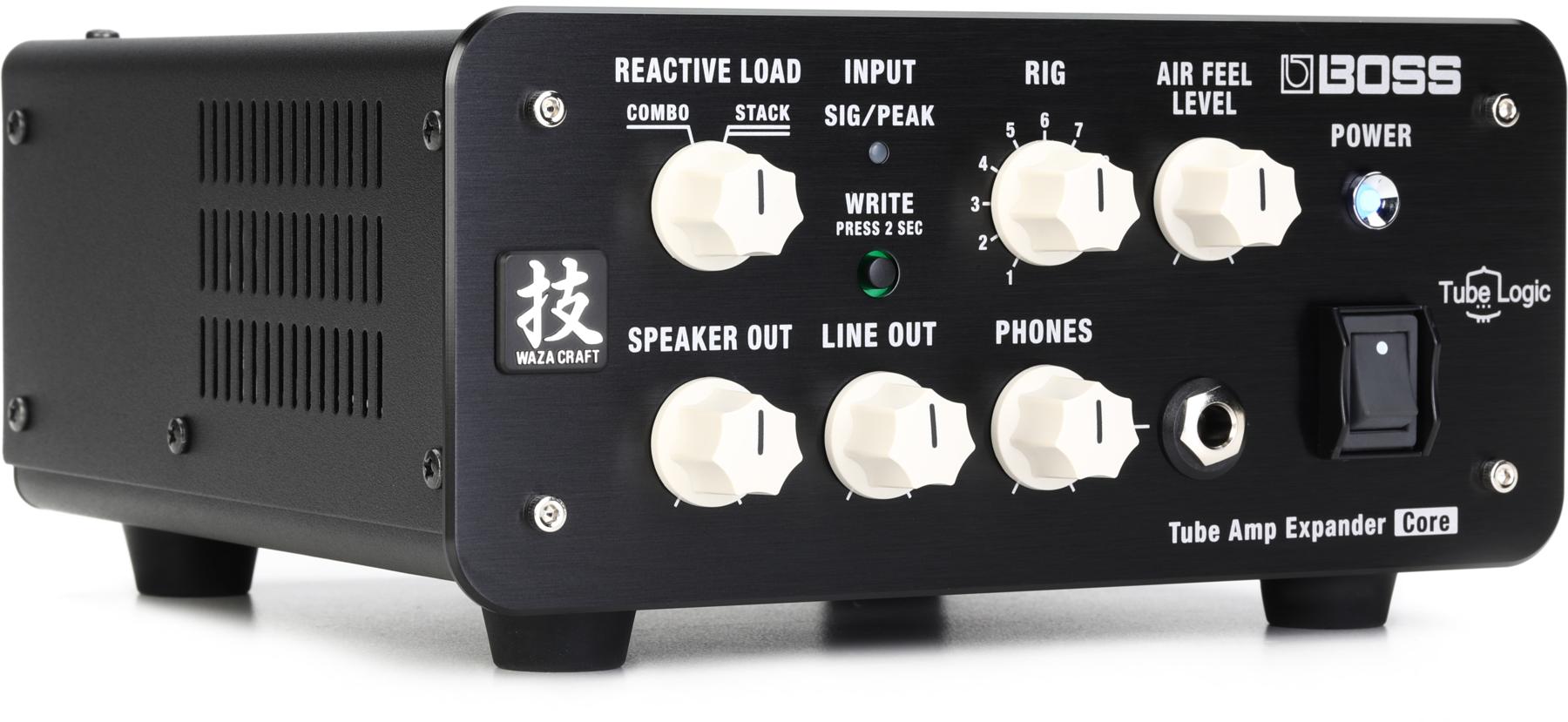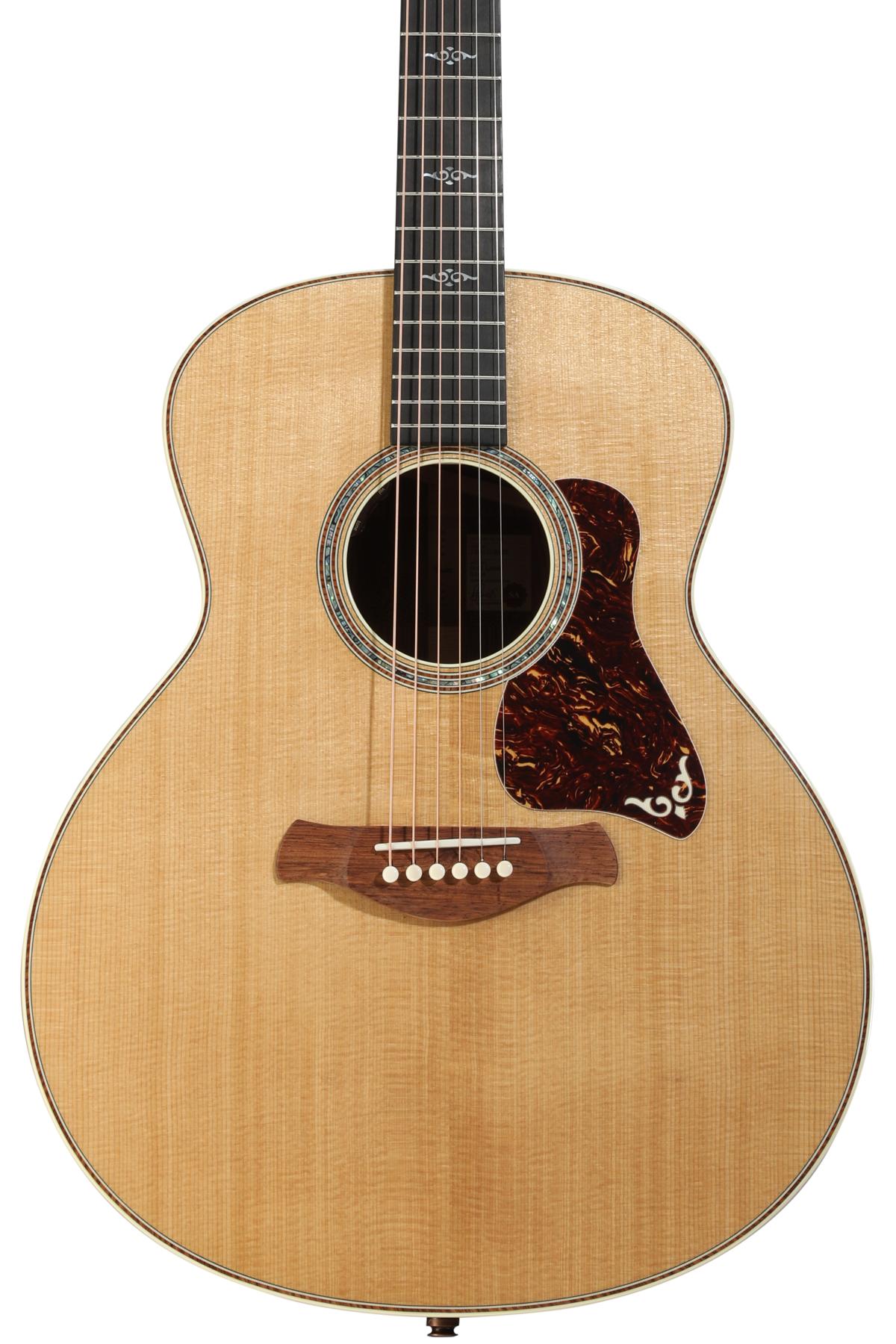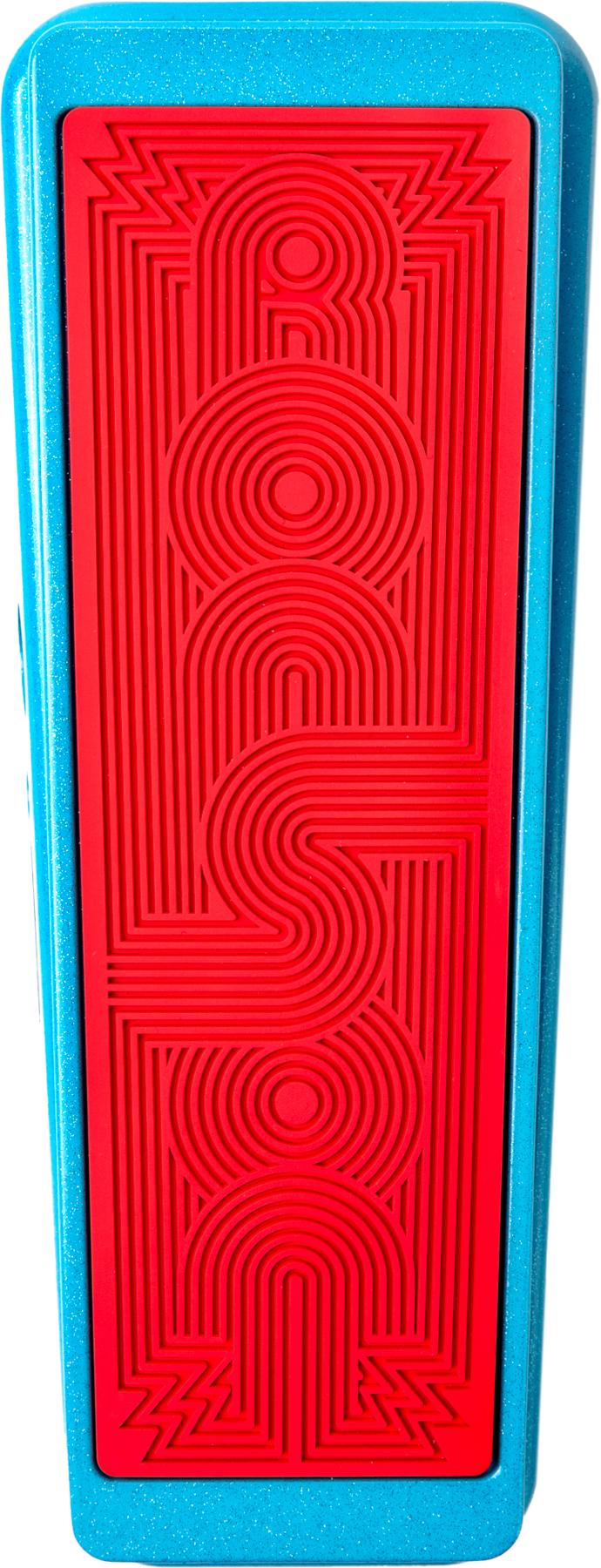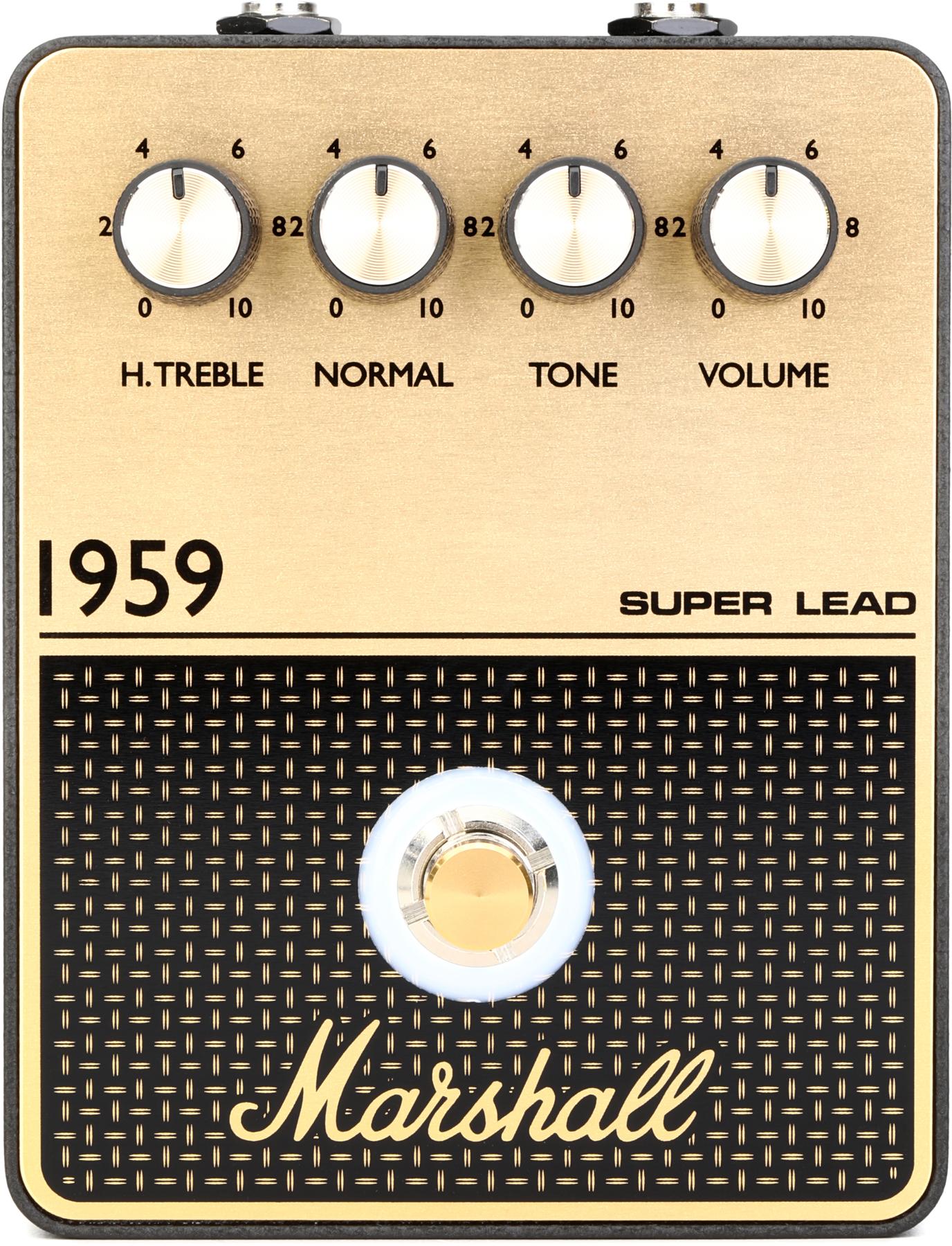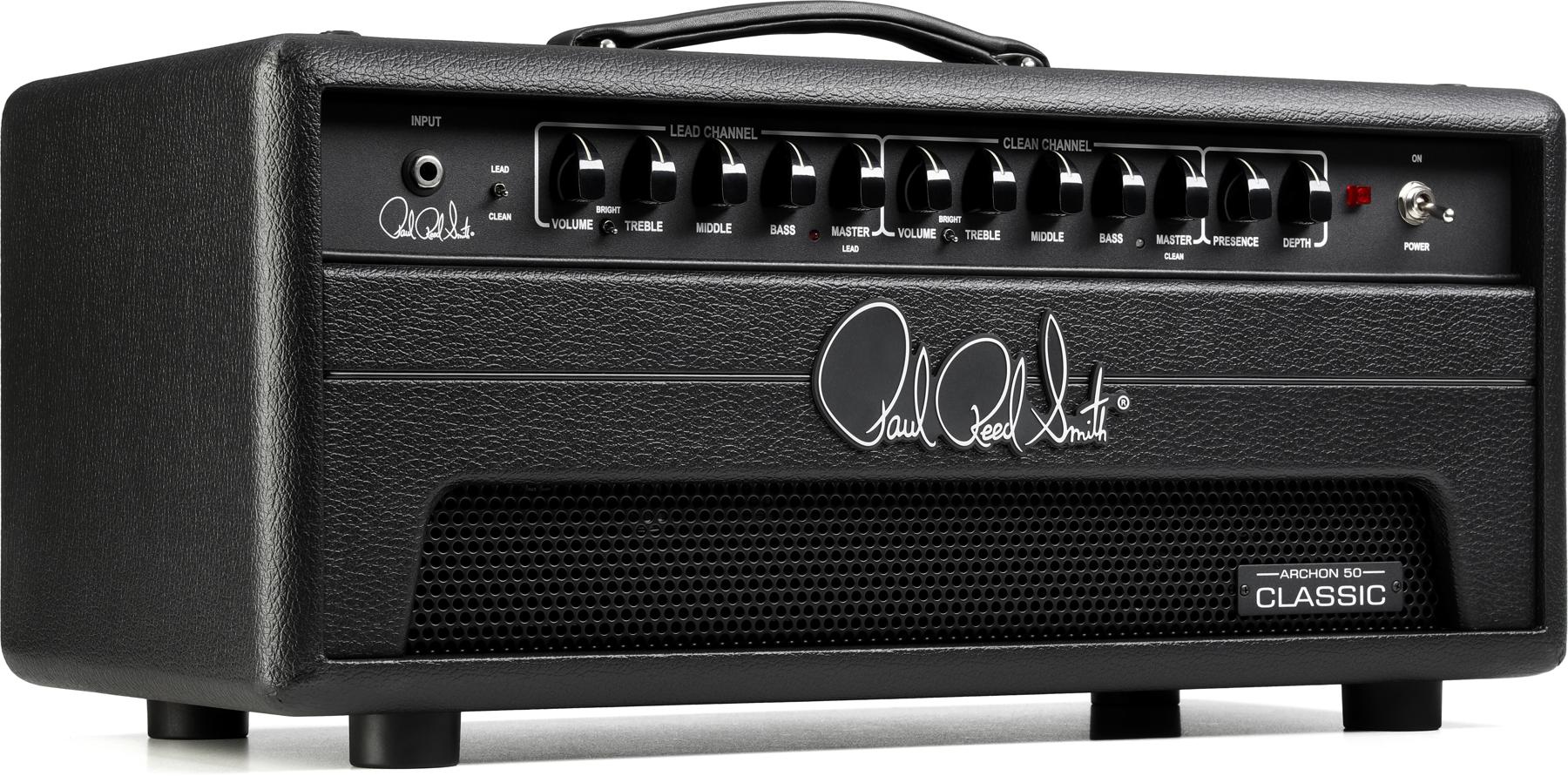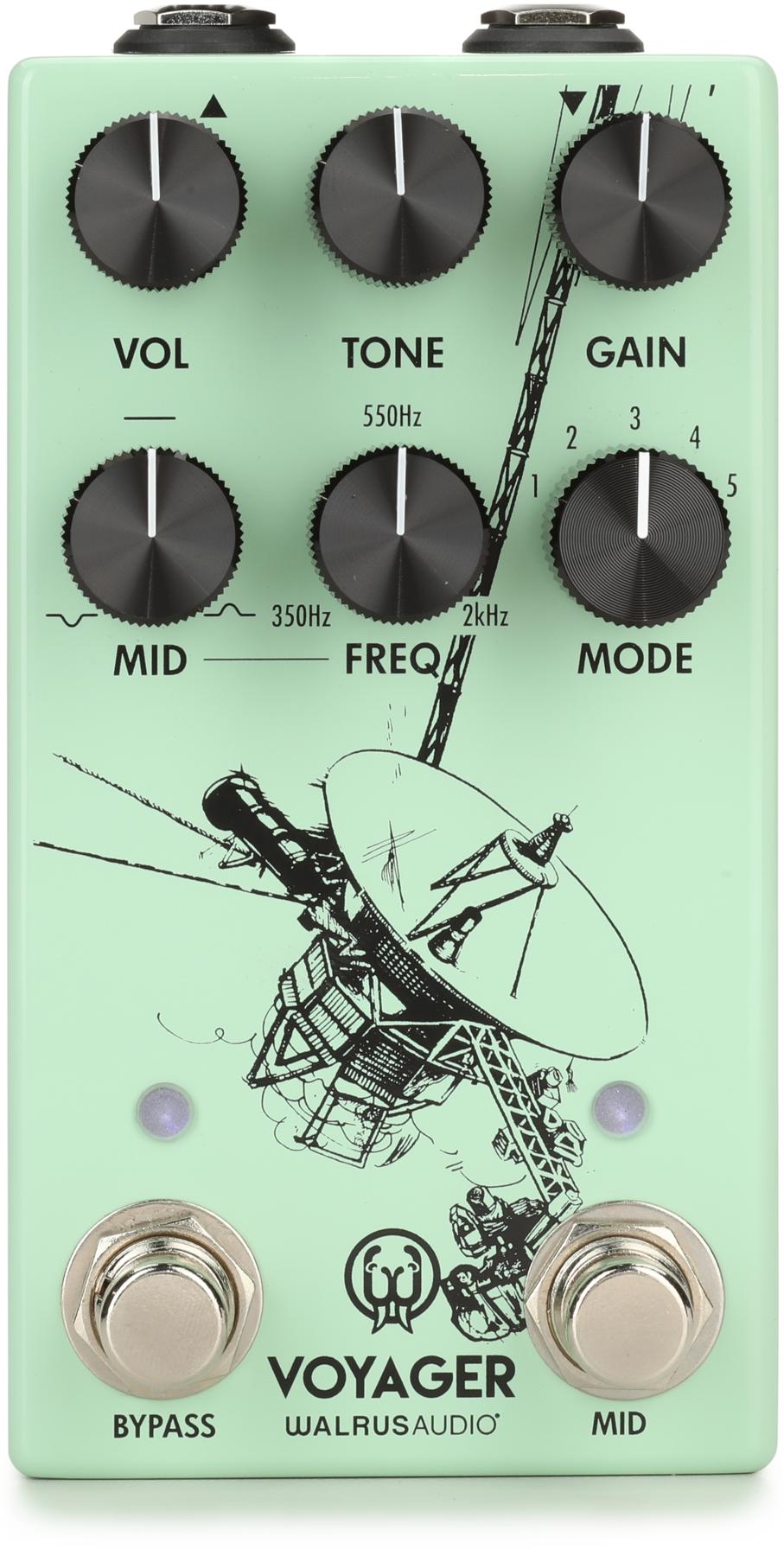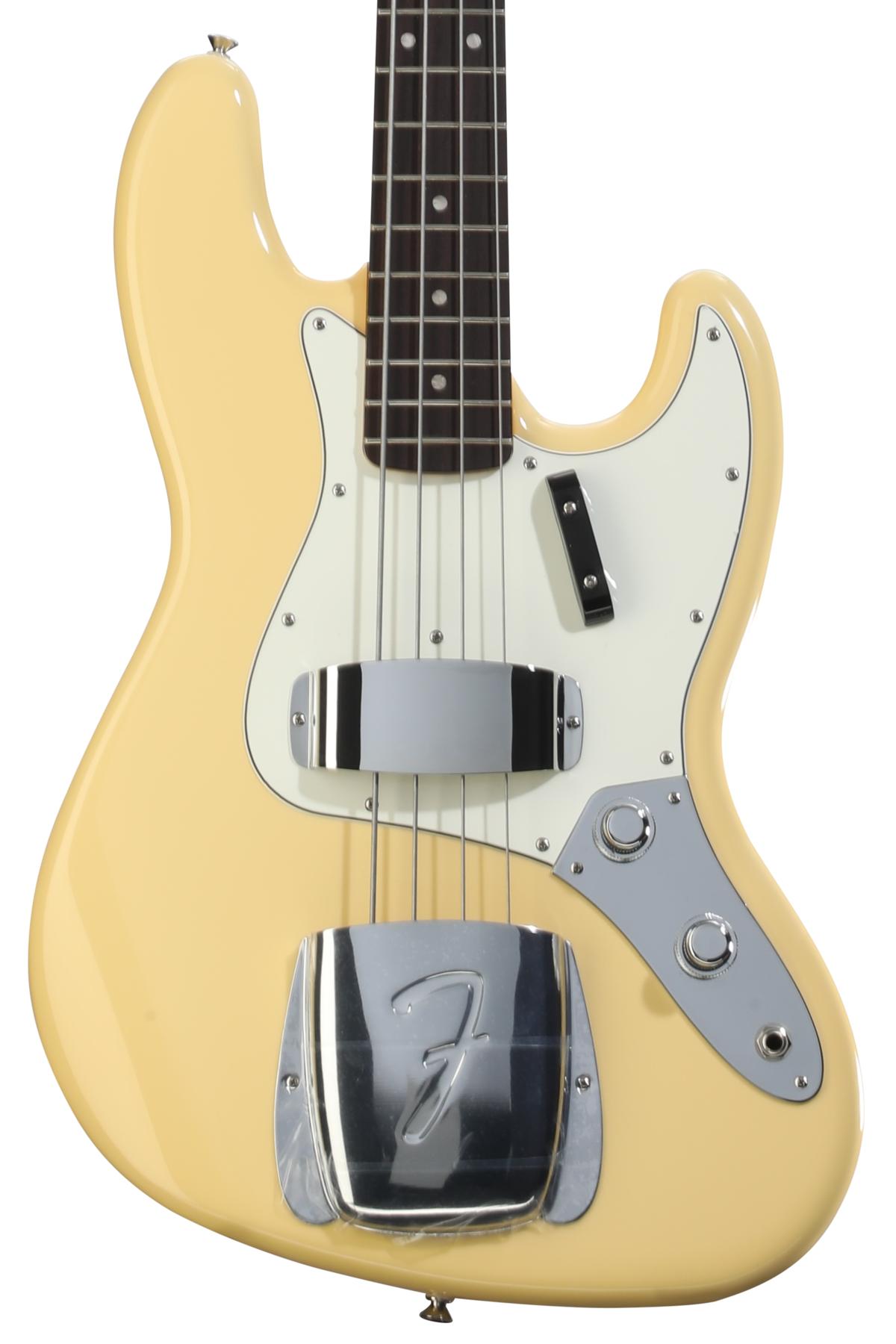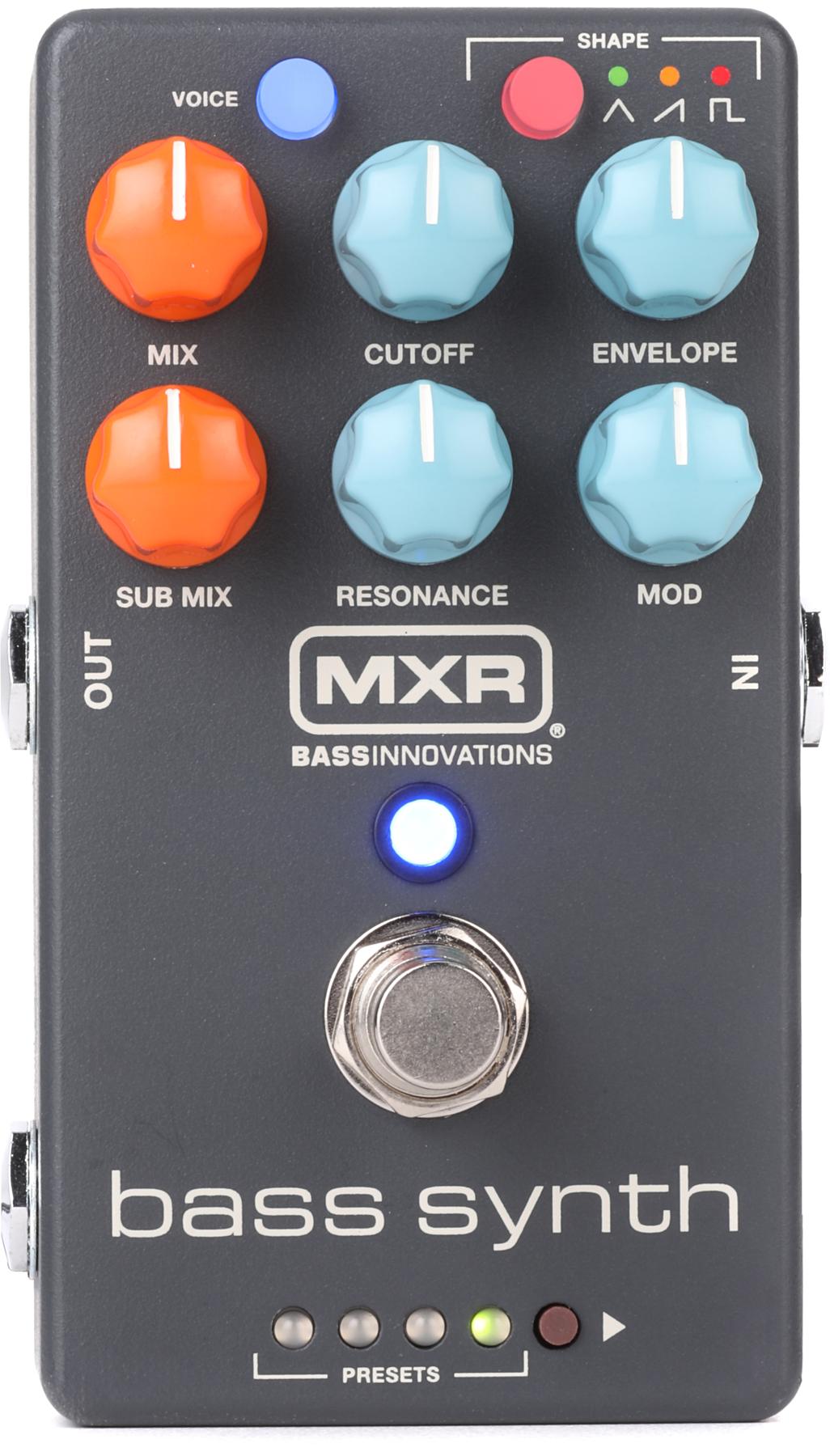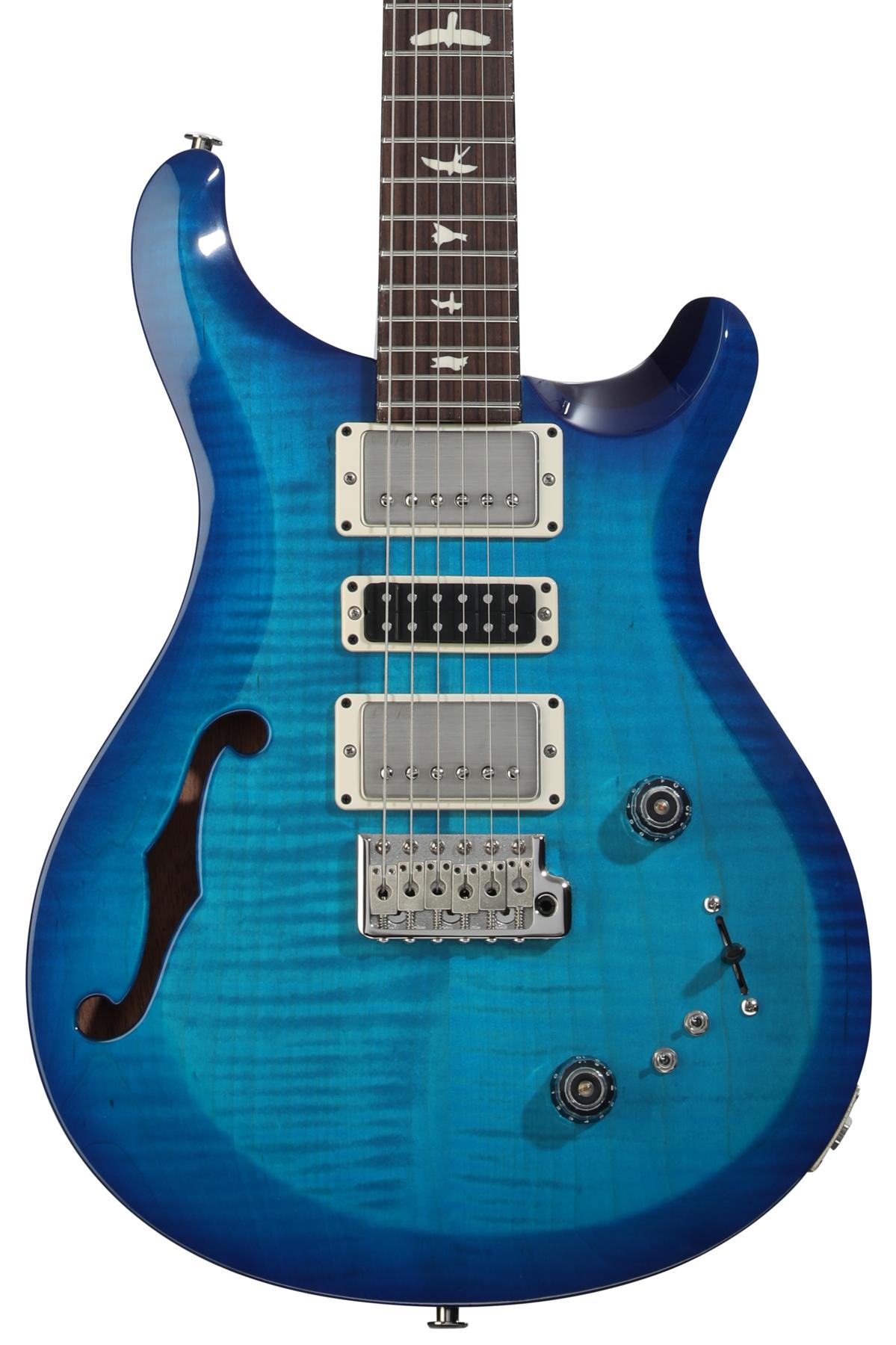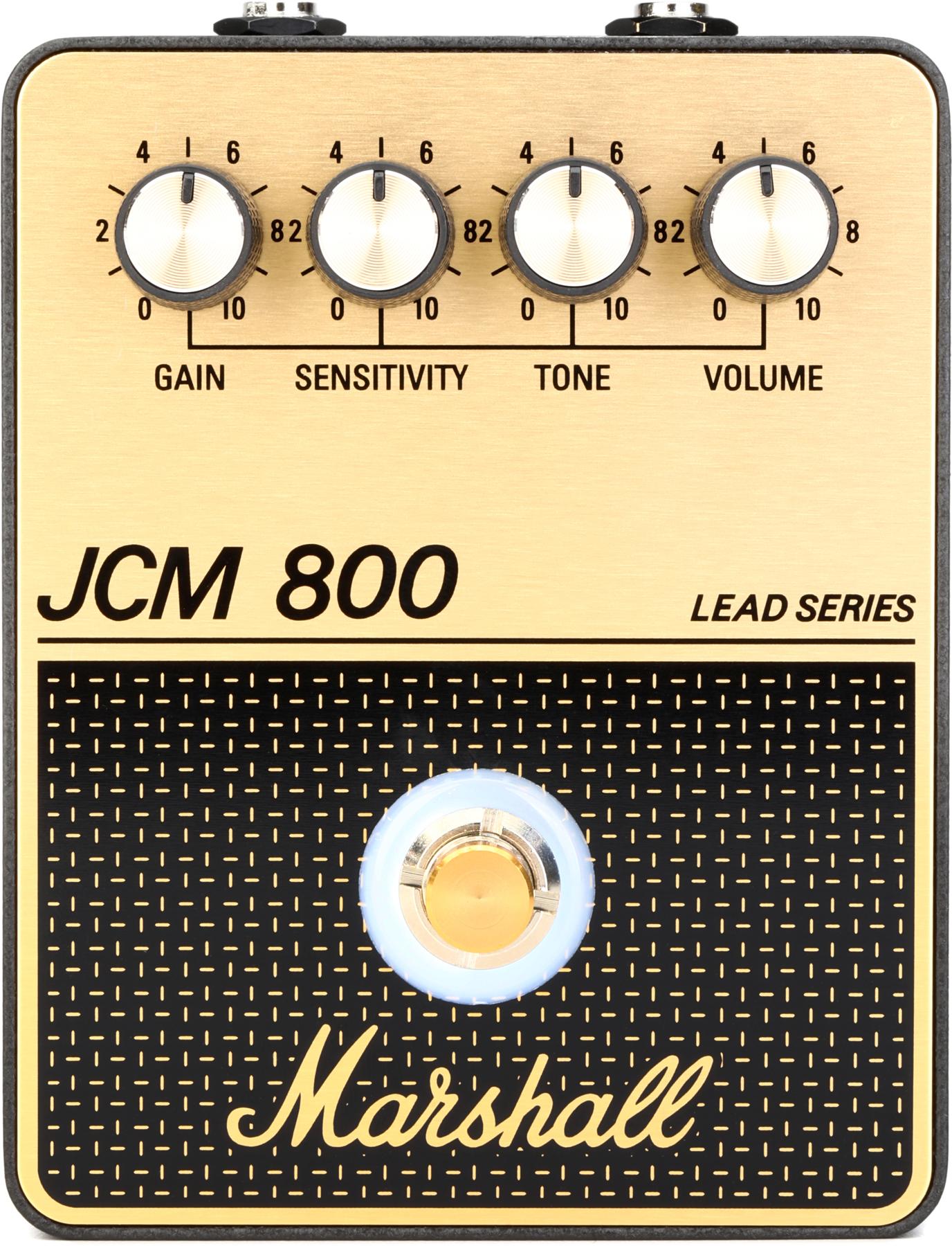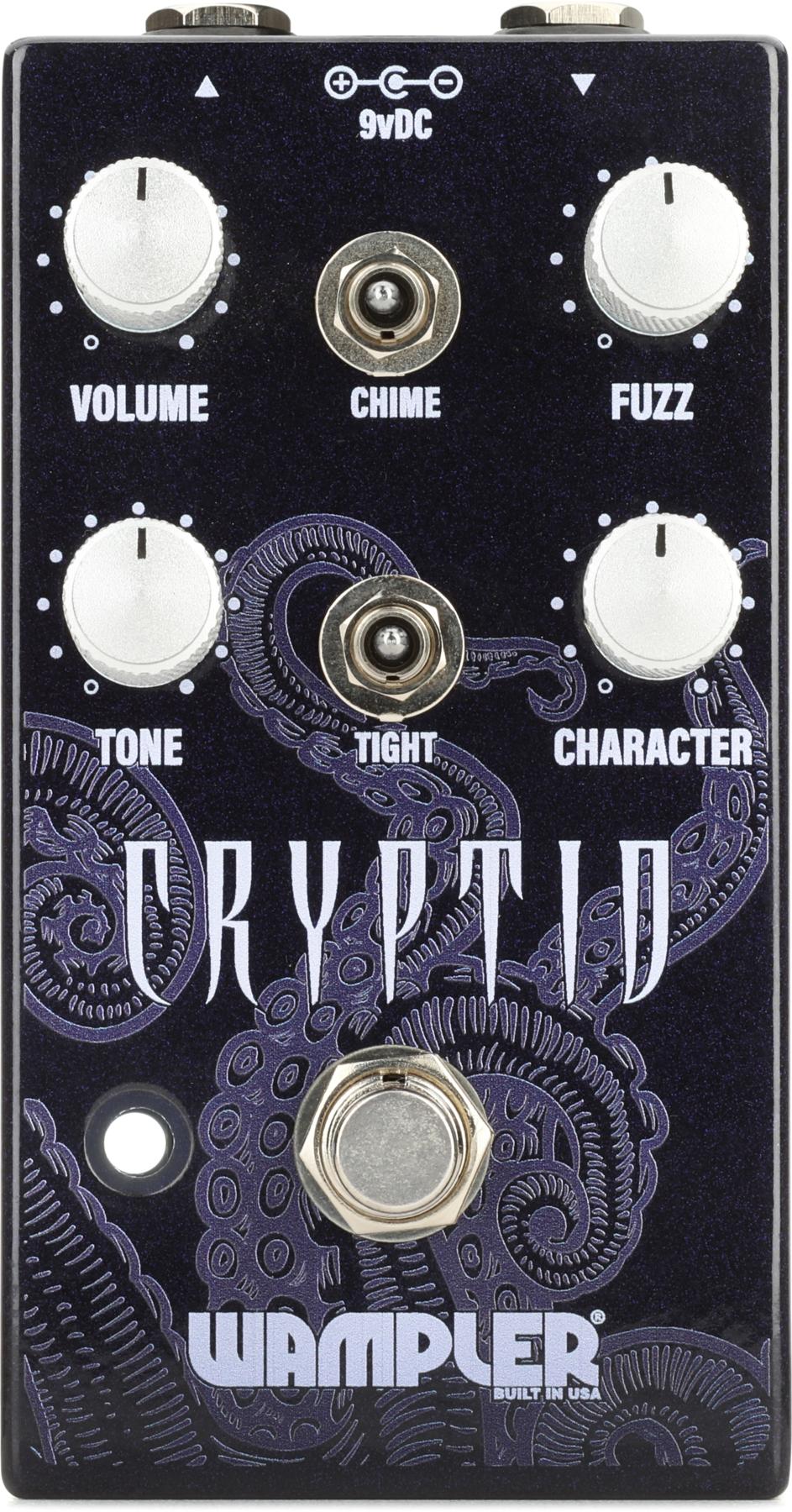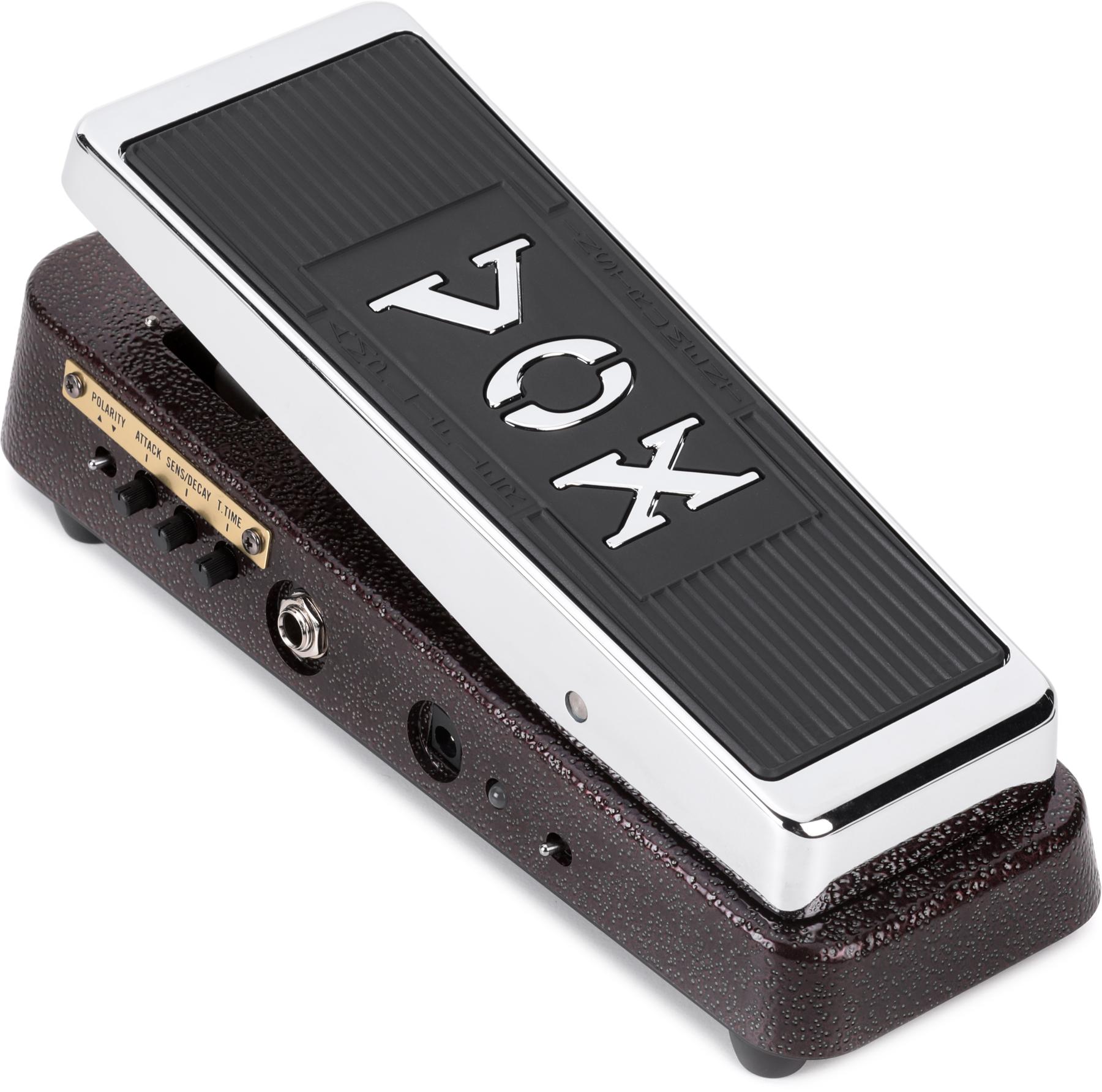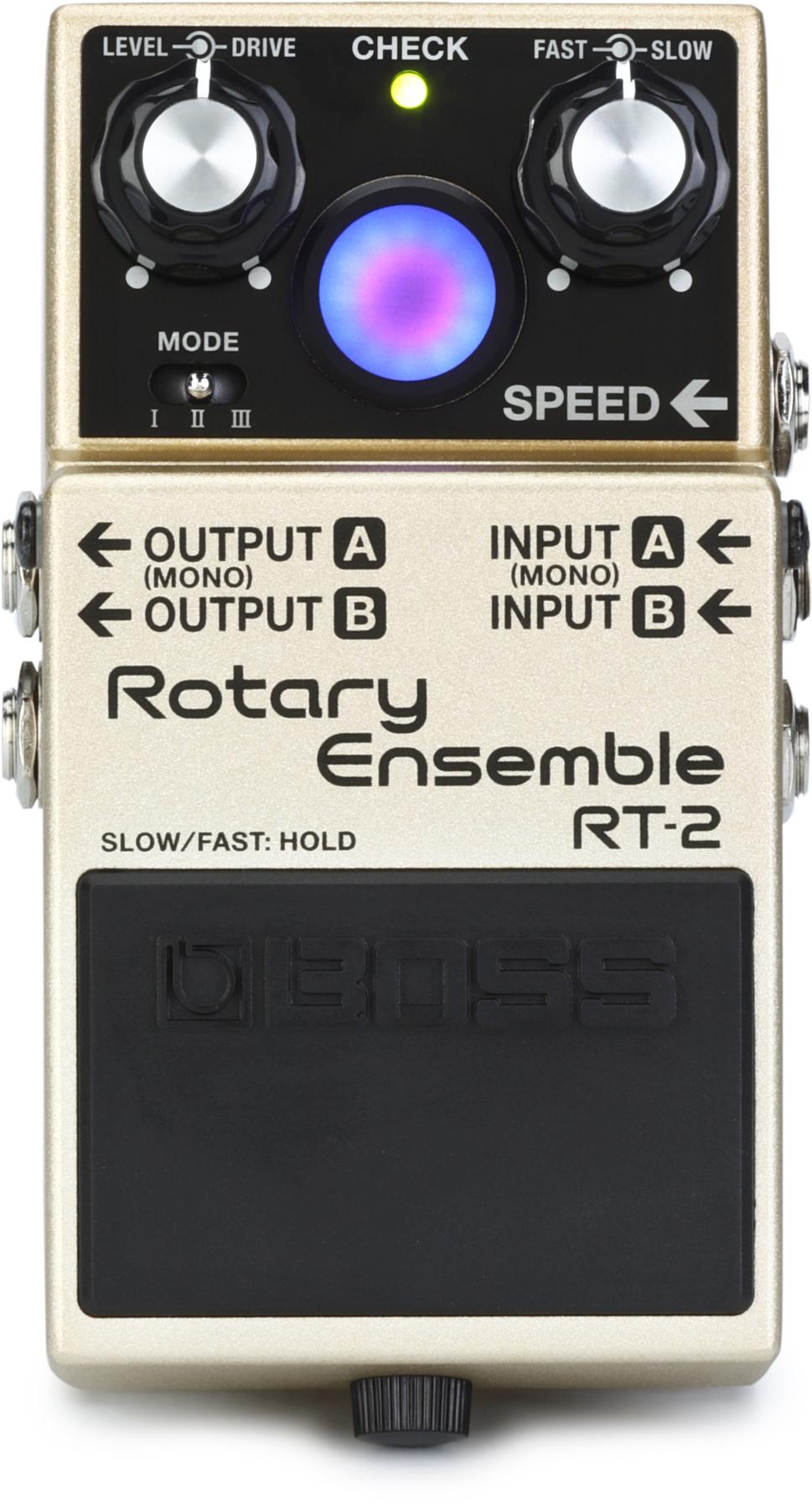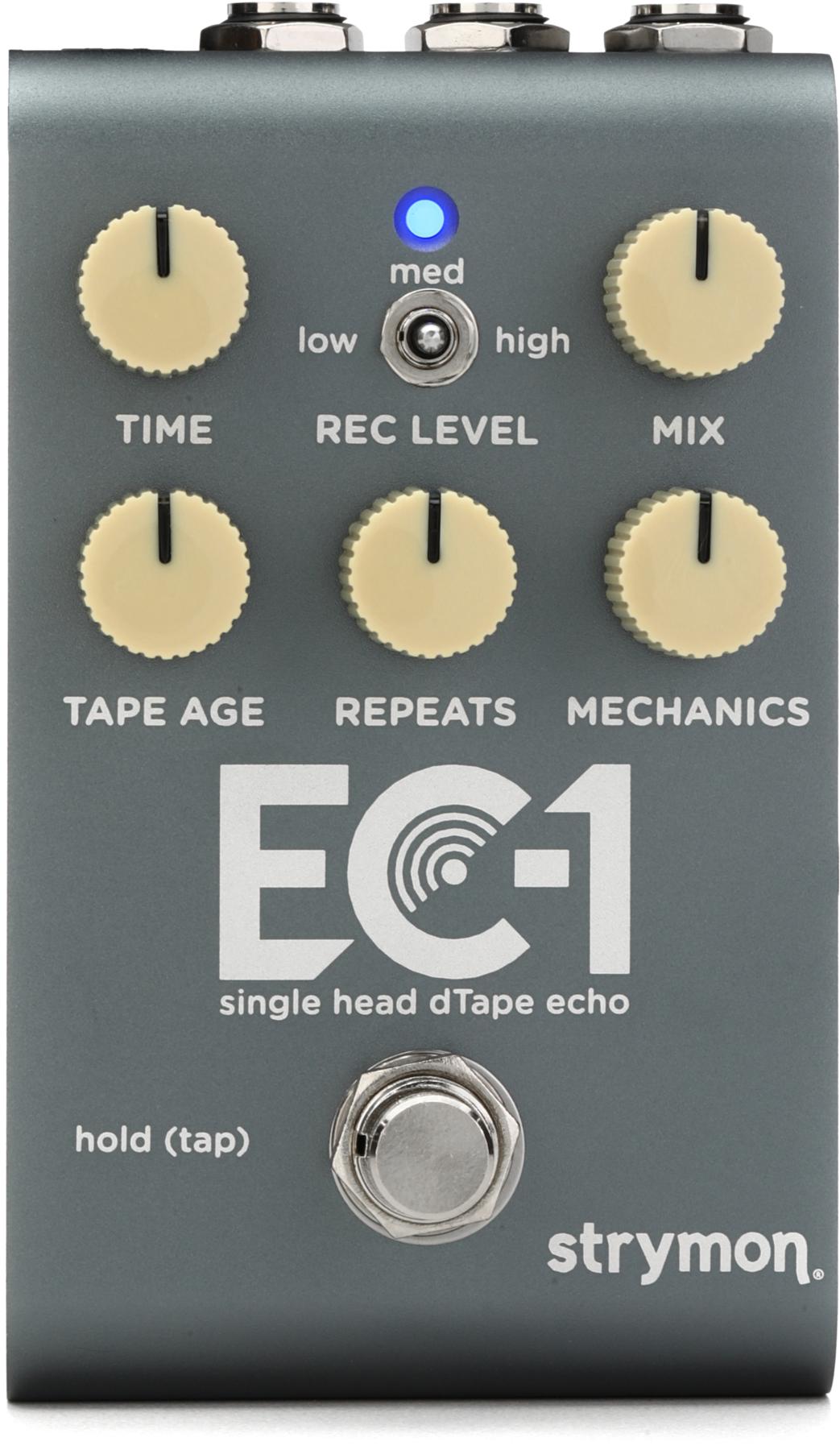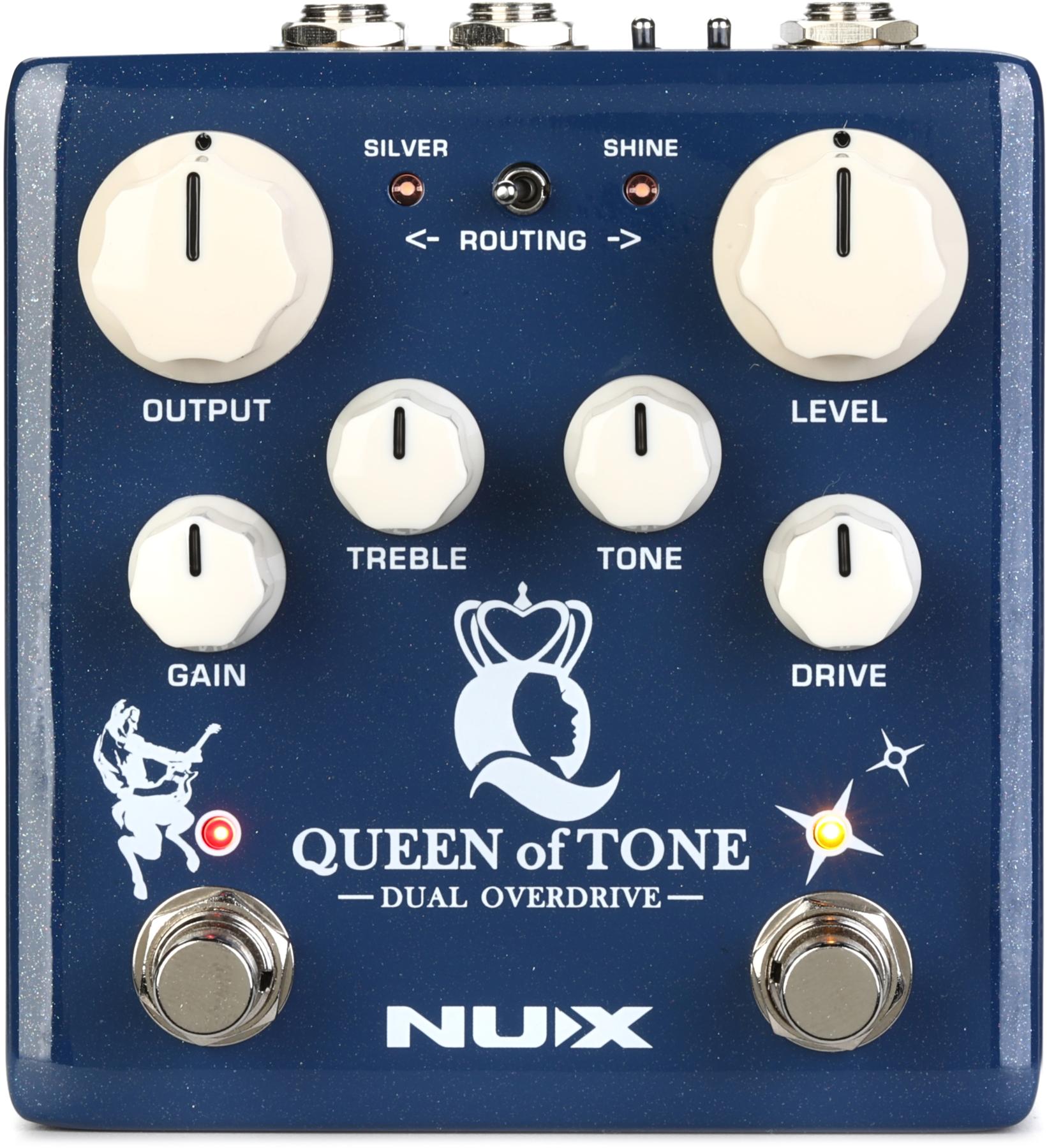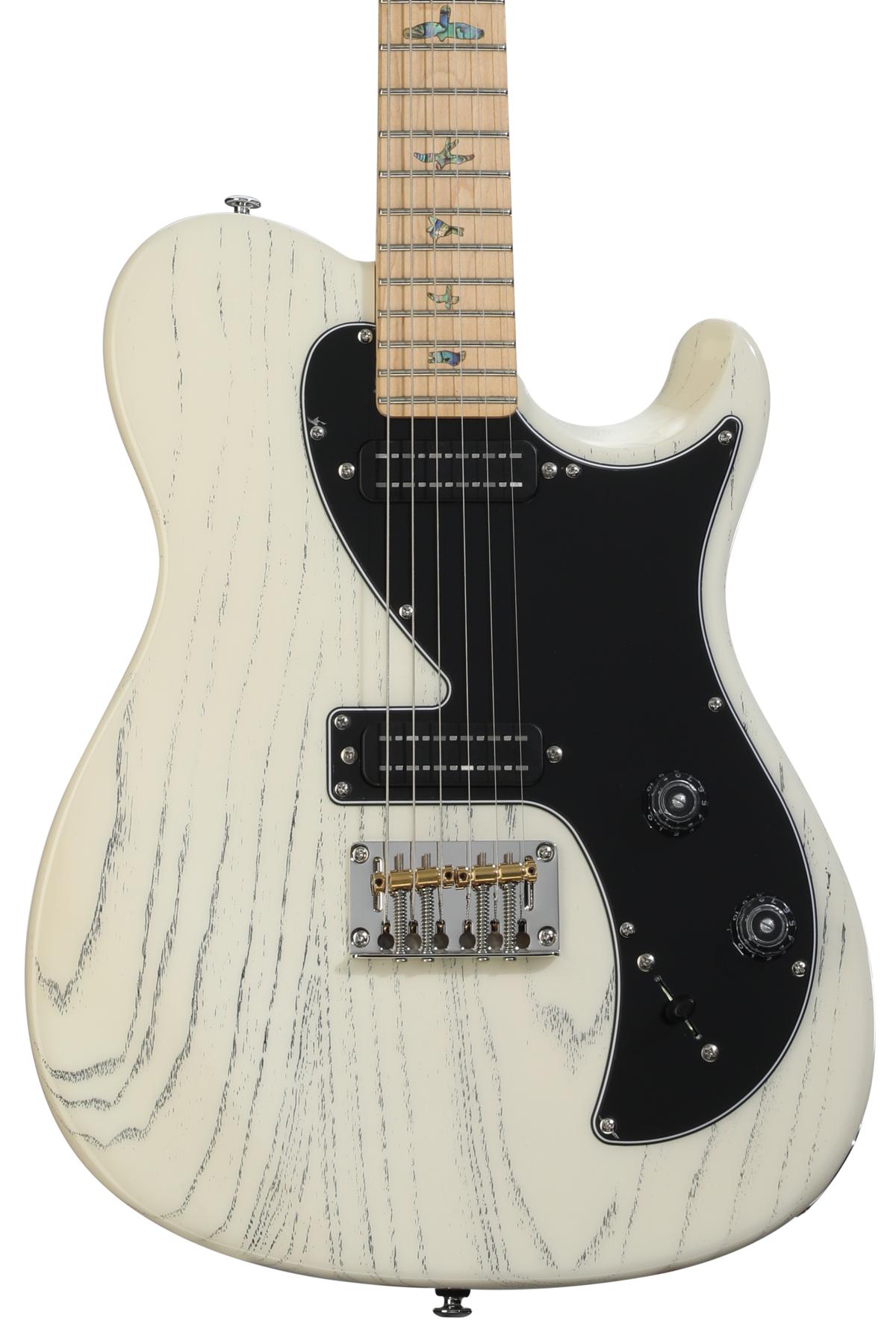 The Little Monster is the latest release from Matchless Amplifiers, a boutique company known for hand building road-worthy, Class A amps for discerning musicians, and the same visionaries behind designs like the HC-30 and the Clubman. With the announcement of the Little Monster and the Baby - a cleaner, less rock-oriented version set to be released in the coming months - Matchless clearly has its sights set on the small combo market. While previous designs from the company featured higher wattages and larger body frames, these new, smaller models are poised to carry Matchless into the low-wattage/super portable game. Both amps will be situated on the low-end of the company''s price scale, but have the potential to be the coolest products in the Matchless line. With a retail price set around $1799 - one to two thousand less than their other models - the Little Monster is sure to introduce a new, quieter group of players to the world of boutique design.
The Little Monster is the latest release from Matchless Amplifiers, a boutique company known for hand building road-worthy, Class A amps for discerning musicians, and the same visionaries behind designs like the HC-30 and the Clubman. With the announcement of the Little Monster and the Baby - a cleaner, less rock-oriented version set to be released in the coming months - Matchless clearly has its sights set on the small combo market. While previous designs from the company featured higher wattages and larger body frames, these new, smaller models are poised to carry Matchless into the low-wattage/super portable game. Both amps will be situated on the low-end of the company''s price scale, but have the potential to be the coolest products in the Matchless line. With a retail price set around $1799 - one to two thousand less than their other models - the Little Monster is sure to introduce a new, quieter group of players to the world of boutique design. The Little Monster is aptly named, packing a huge punch in a diminutive frame. But before we get to how the amp sounds, we should talk about how it looks. This combo looks like something from a fifties recording studio crossed with the radio from a 22nd century spaceship. The moon-shaped grill in the middle of the monster''s face has a distinct look that will surely end up being its trademark. From a design standpoint, its ability to appear both modern and retro is aesthetically impressive. The fact that it almost looks like a piece of furniture when sitting in the living room will not be lost on any home-owning gearhead. If you have the foresight to choose the right color, your significant other might not even nag you if the Little Monster is occasionally found outside of your gear room.
Likewise, the control panel keeps things simple and smooth, with Volume, Treble, Bass and Master Volume controls. It also has High and Low input jacks, with the Low only really useful when used to daisy chain to another amp.
Monster Tone
The first thing you notice when you plug the Little Monster in is the sound''s hugeness. Obviously this amp won''t be competing with a high-powered Marshall stack any time soon, but considering the wattage, it produces an incredibly powerful sound - it''s apparent from the get-go that the Little Monster was conceived as a rock amp.
When coupled with a Les Paul, this little guy sounds like a truck bearing down on you at breakneck speed – power chords and crunchy rhythms reveal this amp’s true rock pedigree. Most impressive is that it does this with just nine watts, producing a wide, full sound with surprisingly rich tone. The Little Monster has a robust sound that starts as an open-back, Voxish overdrive, and produces a tighter, closed back, Marshall-like response as it is pushed harder.
 With a Tele or a Strat, you would expect to lose some of the bass, but surprisingly, that doesn’t happen here – by simply boosting the Treble and turning down the Bass, you can achieve a cleaner, chimey tone. Of course, because you are only working with nine watts, you won’t hear a drastic difference from knob adjustments – if you want more bass, you may want to run a Gibson through it. But if you’re a versatile player and know how to use the volume knob on your guitar, odds are you will be able to find the sound you’re after.
With a Tele or a Strat, you would expect to lose some of the bass, but surprisingly, that doesn’t happen here – by simply boosting the Treble and turning down the Bass, you can achieve a cleaner, chimey tone. Of course, because you are only working with nine watts, you won’t hear a drastic difference from knob adjustments – if you want more bass, you may want to run a Gibson through it. But if you’re a versatile player and know how to use the volume knob on your guitar, odds are you will be able to find the sound you’re after. One of the amp''s best features is the Master Volume circuit. The Little Monster can produce a serious rock crunch at very low volumes with the Volume knob cranked and the Master turned way down. You''ll obviously lose some of the spread at a low volume, but this can be extremely useful when recording in home studios. Once the Master Volume is turned up past ten o''clock, the amp starts some tasty break-up, but always at a manageable volume.
Keep in mind that because of the low wattage, you will not have as much headroom as Matchless’ more powerful models – but that’s a small price to pay for rock n’ roll infamy. This amp is a great choice for small clubs or any performing situation where stage volume is an issue. By mic’ing the cab, you can still get a big rock sound without prompting the lead singer to scream at you to turn it all down.
On the tech side, the Little Monster is powered by one EL84 tube, driven by two 12AX7s, and features a 5AR4 bottle for rectifier chores. The 1x12 version comes with a Celestion G12H-30 speaker; a dual 8” version is also available, which includes one Jensen C8R and one P8R, giving you a mix of ceramic and Alnico tones. Whatever configuration you decide to go with, the combo produces massive sound from an overhead compartment-worthy 16”x18”x10” frame, and its hand-built, point-to-point construction feels incredibly solid.
The Final Mojo
All in all, the Little Monster is a great buy for anyone loving big, saturated tones, but not the ear drum-rattling sound pressure levels. This is a powerhouse rock amp in a small, portable package – versatile enough for most rock and pop applications, and full of that famous Matchless mojo. But buyer beware – this monster bites!
Buy if...
you want a great sounding, portable Class A rock amp that can be cranked anywhere.
Skip if...
you need an am pwith tons of headroom.
Rating...
MSRP $1799 - Matless Amplifiers - matchlessamplifiers.com |
Our expert has stated his case, now we want to hear yours. Log on and share your comments and ratings.



















